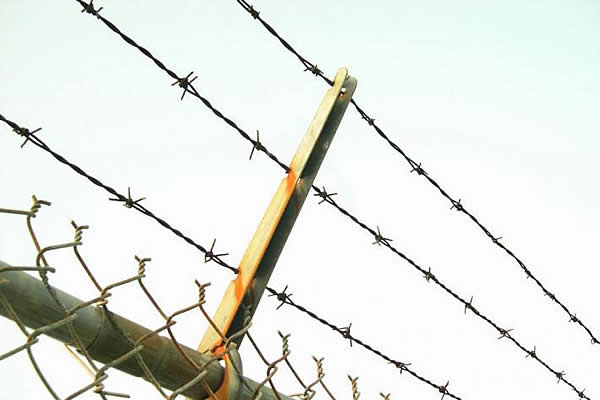 TEL:
+86-13102802206
TEL:
+86-13102802206
 Email:
fencenetting@china.com
Email:
fencenetting@china.com
 Language
Language
 TEL:
+86-13102802206
TEL:
+86-13102802206
 Email:
fencenetting@china.com
Email:
fencenetting@china.com
 Language
Language


Installing Barbless Wire Fence A Comprehensive Guide
Fencing is an essential component of land management, particularly for agricultural settings, gardens, and property demarcation. Among various fencing types, barbless wire fencing has gained popularity due to its practicality and effectiveness in confining livestock and protecting crops while minimizing the risk of injury to animals and humans. This article will explore the benefits of barbless wire fencing and provide a step-by-step guide to installing it.
Benefits of Barbless Wire Fencing
1. Safety The primary advantage of using barbless wire is the reduced risk of injury. Traditional barbed wire can cause serious injuries to livestock if they become entangled, making it a less desirable option for areas with young or fragile animals. Barbless wire, on the other hand, minimizes these risks and offers a safer environment.
2. Versatility Barbless wire fencing can be used in various applications, from keeping livestock in designated areas to protecting gardens from wild animals. This versatility makes it suitable for different types of properties.
3. Aesthetic Appeal Unlike barbed wire, which can look harsh and uninviting, barbless wire has a more streamlined appearance that tends to blend better with the environment. This characteristic makes it a preferred option for residential properties.
4. Cost-Effective While the initial investment in barbless wire may be similar to that of barbed wire, the reduced risk of injury and the need for fewer repairs can make it a cost-effective solution in the long run.
Materials Needed for Installation
Before starting the installation process, gather the necessary materials
- Barbless wire - Fence posts (wood, metal, or vinyl) - Wire tensioners or strainers - Insulators (if using electric fencing) - Wire cutters - Pliers - Hammer - Level - Measuring tape - Marking stakes
Step-by-Step Guide to Installing Barbless Wire Fence
1. Plan Your Fence Line
Start by determining the layout of your fence. Use marking stakes to outline the intended path of the fence. Ensure that you account for any gates or openings needed for access.
2. Select and Space Your Fence Posts
Choose durable posts that can withstand weather conditions and the pressure exerted by the wire. Space the posts according to the type of livestock you are confining—generally, 10 to 12 feet apart is a good rule of thumb. Mark the locations for each post.

3. Dig Post Holes
Using a post hole digger, create holes deep enough to ensure stability; a depth of 2 to 3 feet is generally recommended, depending on your local frost line and soil conditions.
4. Install the Posts
Insert the posts into the holes, ensuring they are level. Fill the holes with concrete or compacted soil for added stability. Allow any concrete to cure as per the manufacturer’s recommendations.
5. Attach the Barbless Wire
Starting at one end, unroll the barbless wire alongside the fence line. Use a wire tensioner to keep the wire taut. Attach the wire to each post using appropriate fasteners, ensuring the wire is securely in place.
6. Adjust and Tension the Wire
Once the wire is attached, adjust it to ensure it is tight enough to withstand pressure from animals but not so tight that it risks breaking. This step may involve loosening and re-tightening the wire in various sections.
7. Install Additional Fence Lines
If your design requires multiple lines of fencing, repeat the process for each additional strand, spacing them appropriately. Depending on the type of livestock, you may want to install two or three lines of wire.
8. Final Checks and Maintenance
After the installation, inspect the fence line for any loose sections or points of weakness. Regular maintenance will ensure longevity and effectiveness, so check the tension periodically and make repairs as needed.
Conclusion
Installing a barbless wire fence can enhance the safety, aesthetic, and functionality of your property. With careful planning and execution, this fencing solution can serve your needs for years to come. Whether you're protecting crops, confining livestock, or marking property boundaries, a well-installed barbless wire fence is a wise investment for any landowner.